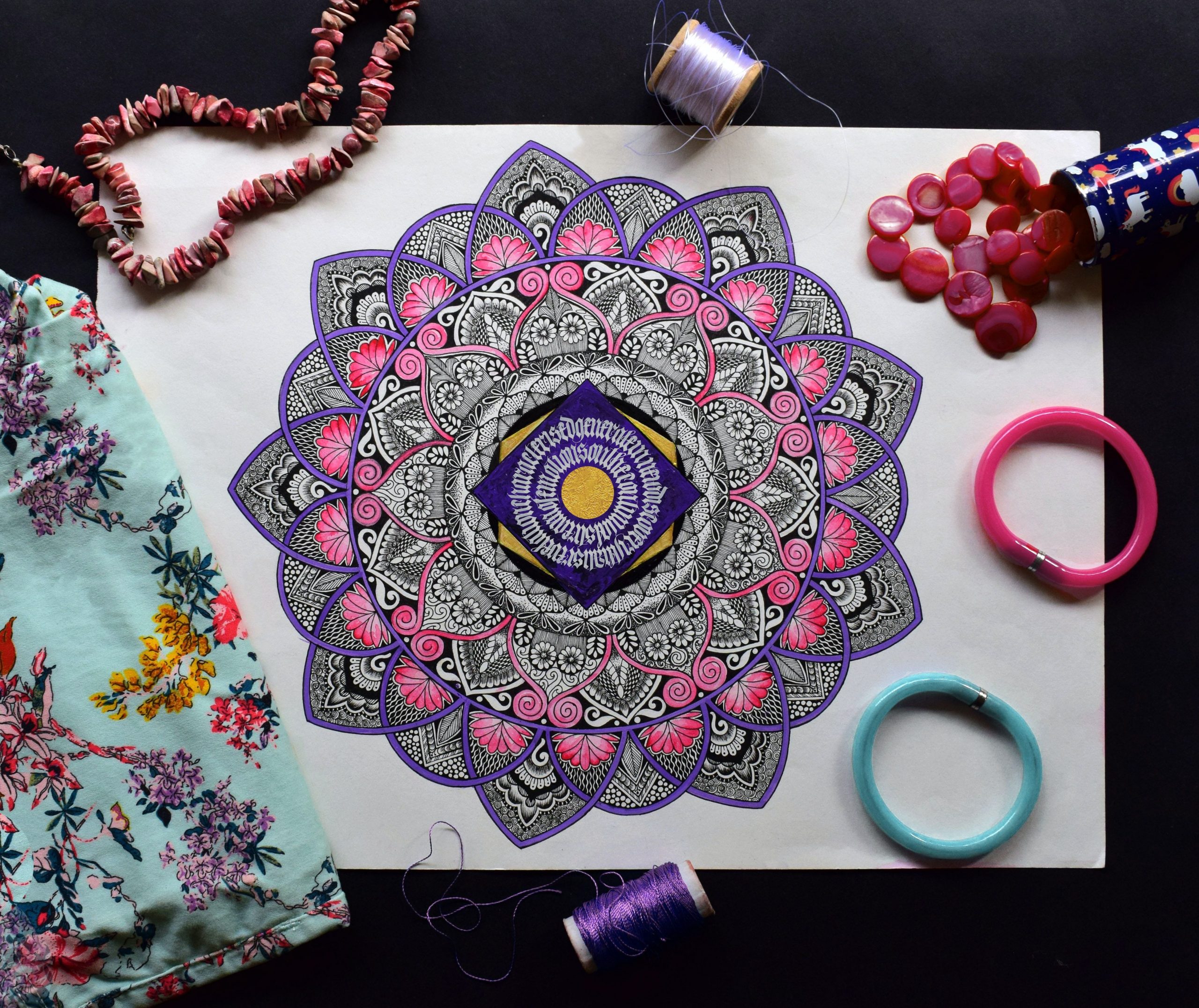Mandalas are geometric forms of representations and symbols. Some of the mandalas are representations while some are symbols. Different symbols have different meanings and denote what is shown in the paintings like moons, circles. A representation, on the other hand, has a deeper connotation to it, which a non-artistic person might not understand.
Here are some of the different types of mandalas used in Buddhism depending on how they are used:
Also read | Ancient traditional healing rituals go digital in virus-hit South Africa
Outer mandalas: It is a basic type of mandala. It represents the universe or the world system. These mandalas are used for offerings. Offering the outer mandala is a common practice for showing gratitude in Buddhism.
Teaching mandalas: This type of mandala consists of shapes, lines colours, each representing different facets of Buddhism. Each monk learns to create mandalas while attaining monastic education. It can be understood as a mental map that portrays the Himalayan culture.
Healing mandalas: This type of mandala is more innate and intuitive than teaching mandala. A healing mandala is used for meditation, bringing wisdom. It can be used for focus and concentration.
Also read | Sit straight, deep breaths: Easy ways to meditate for COVID-19 patients
Sand mandalas: Monks create this type of mandalas of multi-coloured fine sand grains that are placed in concentric circles, working from the outer circle to the centre.Metal funnels are usually used to carry this out to maintain uniformity in the patterns.
Kalachakra mandalas: ‘Kalachakra’ means the cycle of time. This type of mandala is used for the purpose of meditation. It is this mandala where monks solicit the qualities of the deity and eventually become the deity themselves.







